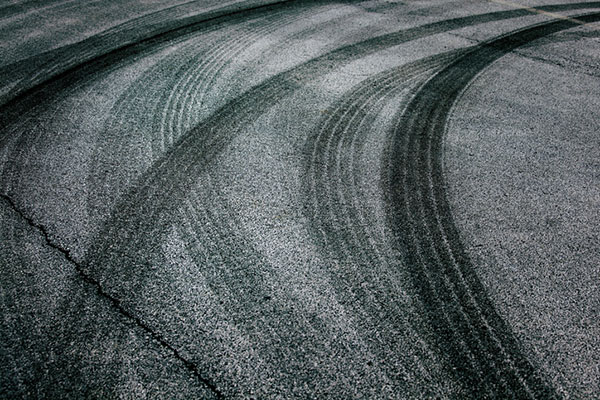
Tire scuffing can often appear on newly sealcoated pavement and asphalt. While the scuff marks will fade in time, it is helpful to understand why scuff marks are appearing.
1. Age of the pavement
Tire scuffing most often appears on new pavement because it is soft and flexible. As asphalt ages, it will resist most scuffing. While this may seem appealing, asphalt needs flexibility for maximum durability. Most scuffing will minimize or disappear within two to three months of a new sealcoat.
2. Time of year
Hot temperatures cause tire scuffing to appear right away. For this reason, pavement placed in the fall and winter months are less susceptible to scuffing because the pavement will not heat up while the asphalt is new. Sealcoating in the spring will tend to show more scuffing as the pavement gets hotter through the summer months.
3. Weight of vehicles
Scuffing can be caused by heavy vehicles with large tires, as well as the volume of traffic over the sealcoated area. Most often, scuff marks are caused by sharp turns, stationary 180 degree turns, sudden braking and trucks with power steering capability.
4. Type of tire
While standard bias ply tiars can cause scuff marks, steel belted radial tires can cause more. Aggressive tire tread patterns on off-highway vehicles, trucks and SUV’s can also cause tire scuffing.
5. Asphalt type
Generally, coarse asphalt material is less likely to get scuff marks. Ask your sealcoater about the type of material chosen for your project.
6. Opening the area
The more time new asphalt has to dry and set, the less likely it will be for tire scuffing to appear.
Contact Aegis
Contact us with any concerns about tire scuffing or to learn more about our selacoating services.
